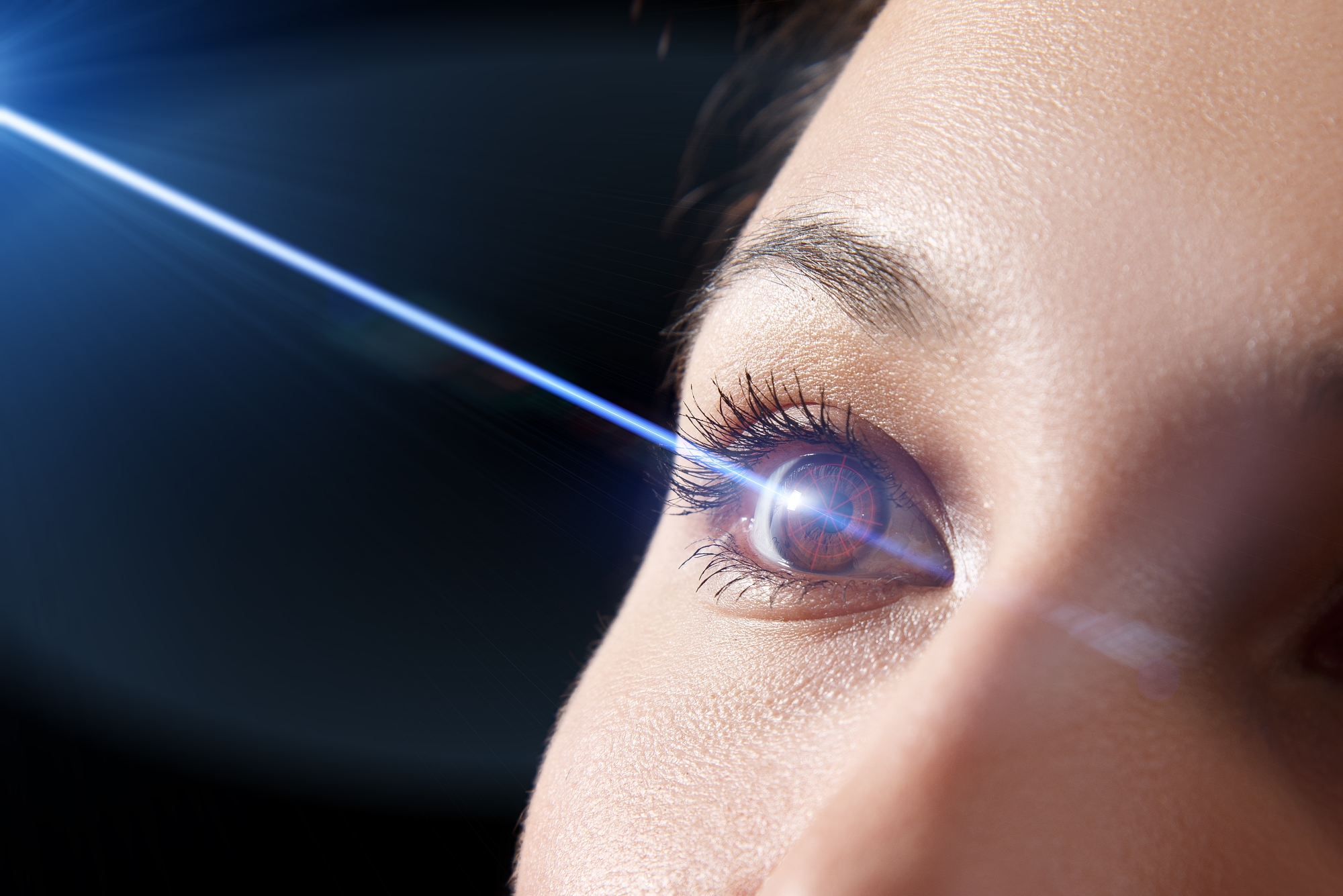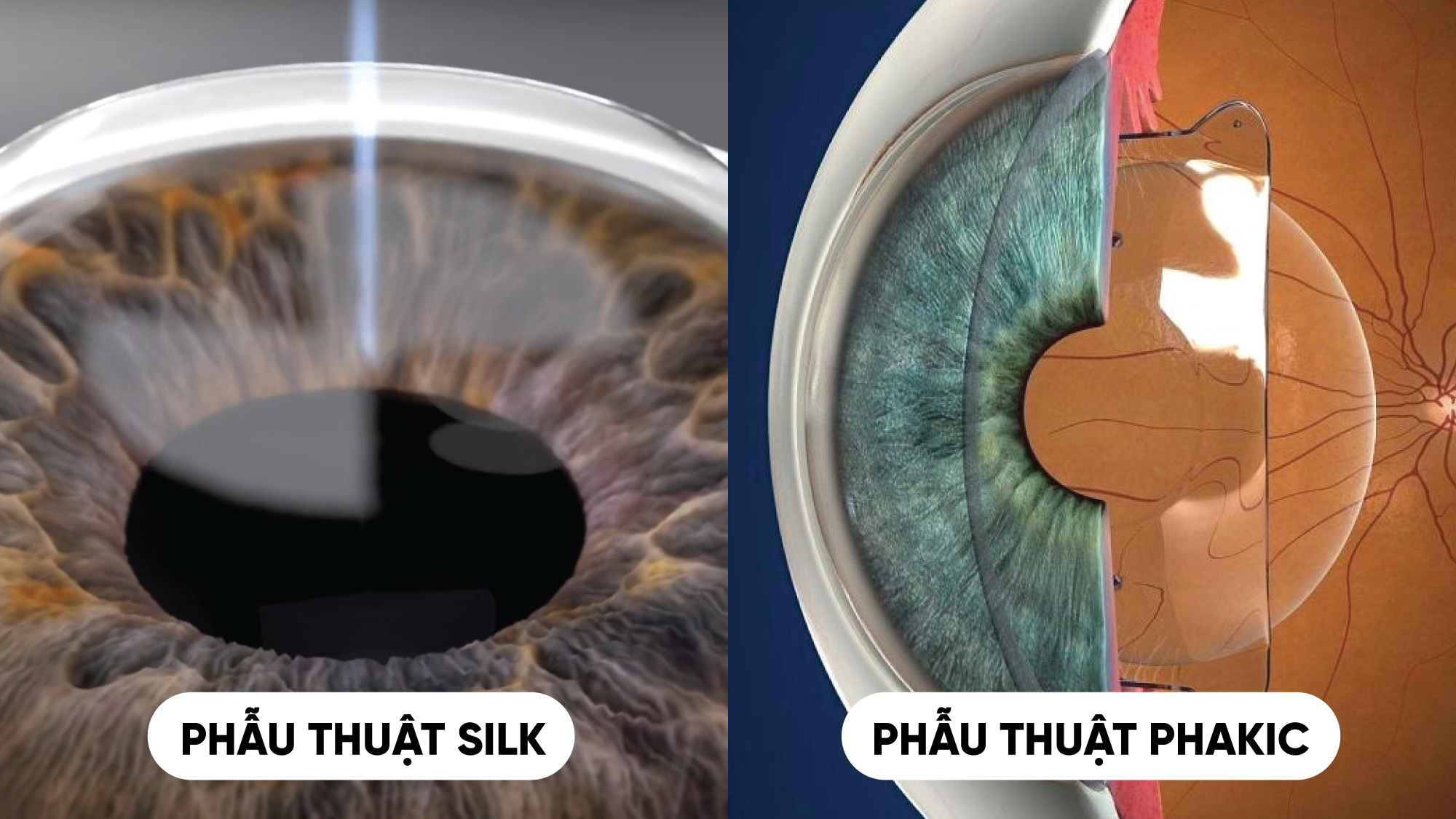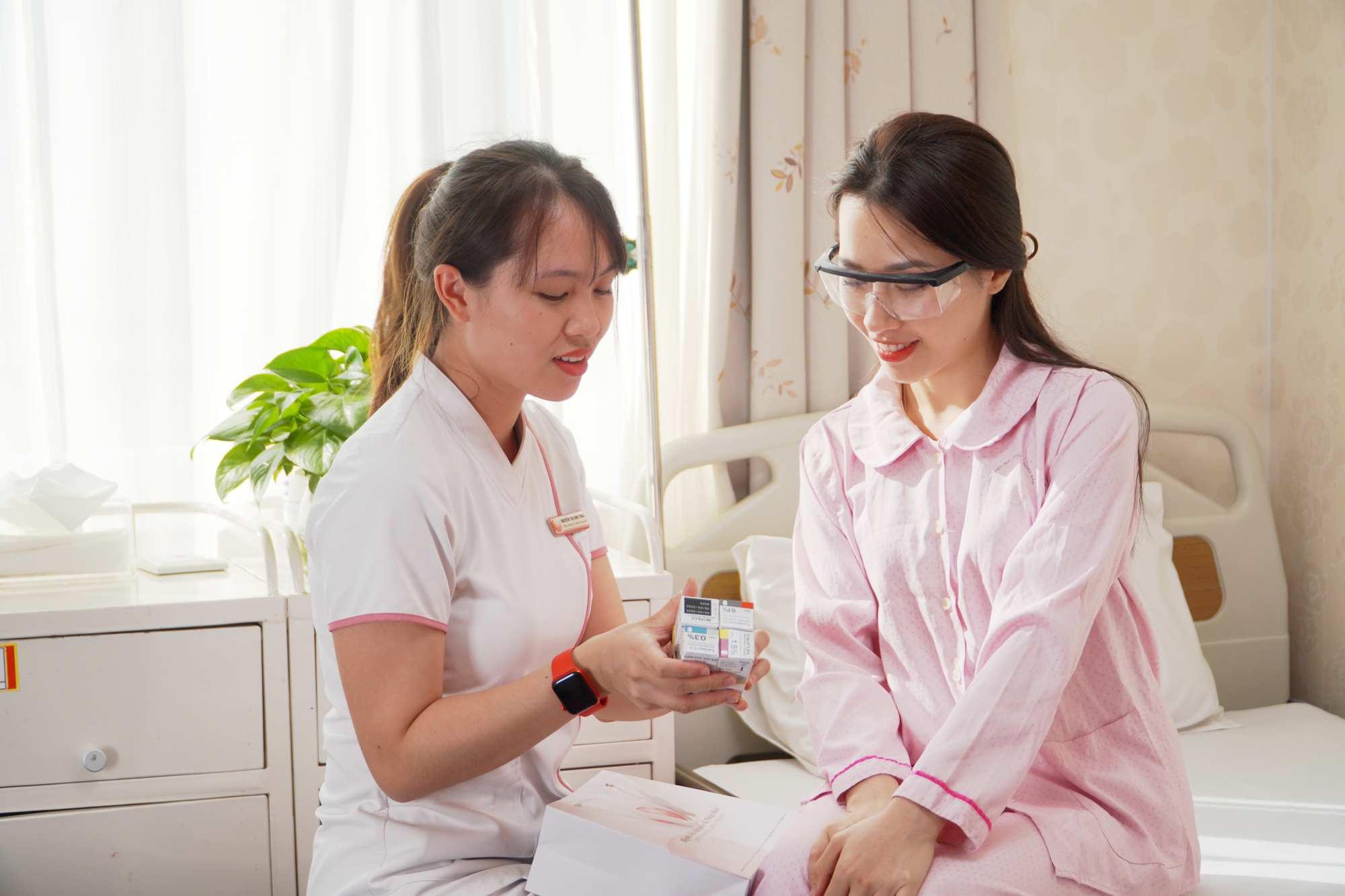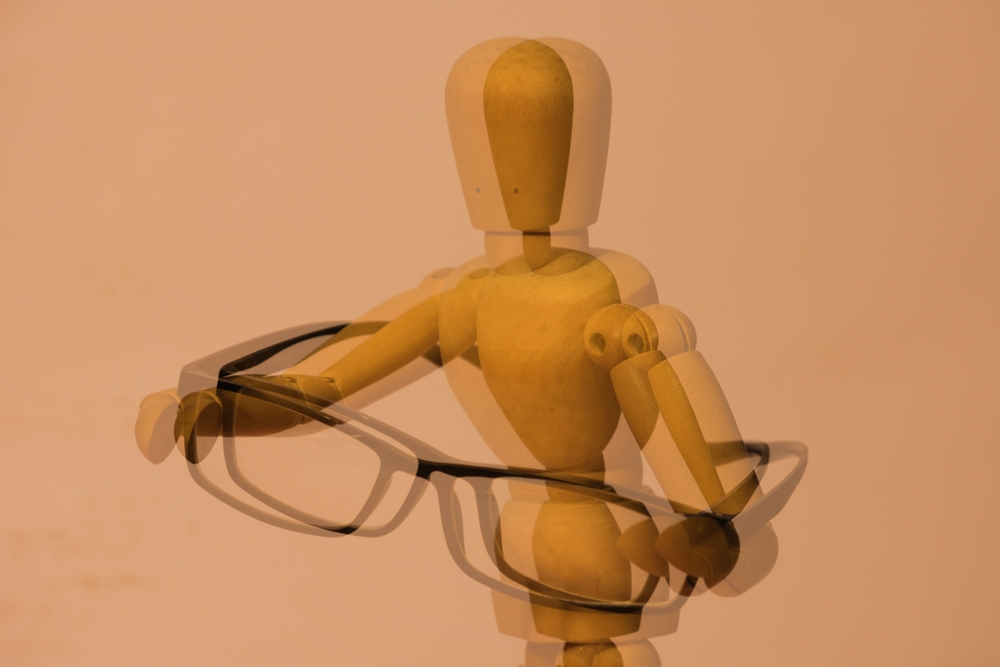
With advancements in ophthalmic technology, laser vision correction procedures have become safer, more precise, and faster in recovery. SILK, developed by Johnson & Johnson Vision, is an innovative technique alongside established procedures like ReLEx SMILE and LASIK (including Femtosecond and SBK variants). This article compares their surgical procedure, advantages, and limitations to help patients make informed decisions.

SILK and Phakic surgery are two advanced refractive surgeries, highly regarded for their safety, effectiveness, and optimal post-operative eye protection. Each surgical method has a distinct procedure, treatment range, as well as its own set of advantages and limitations.

Laser refractive surgery has advanced significantly, offering patients faster recovery and improved visual outcomes. Among the most popular techniques today are SILK , ReLEx SMILE and SMILE Pro . In this article, Japan International Eye Hospital will compare the similarities and differences between these three technologies, and clarify the outstanding advantages of SILK - the latest generation of laser refractive surgery - in an objective and comprehensive manner.

SILK surgery is currently the most advanced laser treatment for refractive errors, developed by Johnson & Johnson (USA). This technology uses the next-generation laser energy to create and remove a small lenticule through a tiny incision at the edge of the cornea and completely flap-free. SILK combines low-energy laser pulses, high speed, and ultra-fine laser spots to deliver a smooth and gentle surgical experience, true to its name, which evokes the softness of silk. Notably, the exclusive bi-convex lenticule design helps preserve corneal tissue and significantly reduces the risk of post-operative dry eyes.

While SILK is a gentle and advanced method for correcting myopia and astigmatism, like any surgical procedure, it may come with some temporary side effects. These are usually mild and manageable, but being aware of them can help you feel more prepared and support a smoother recovery.
.jpg)
The SILK refractive surgery procedure was introduced by Johnson & Johnson (USA), featuring significant advancements over traditional vision correction procedures. With up to 50% reduction in laser energy, a seamlessly connected laser spot pattern, and an exclusive biconvex lenticule design, SILK offers a gentle, comfortable surgical experience with rapid visual recovery. Let’s explore more about the SILK refractive procedure through the following frequently asked questions, provided by Japan International Eye Hospital.
To help patients make informed decisions, as well as better understand surgical methods, Japan International Eye Hospital will provide information about myopia surgery, from the mechanism of action to the benefits, process, to factors that patients need to consider.

Whether or not astigmatism can be cured on its own is a question asked by many people. Astigmatism is one of the common refractive errors, affecting the vision of 40% of adults worldwide (according to the National Institutes of Health NIH). In this article, we will learn about the causes of this condition, scientific treatment, and whether astigmatism can be cured on its own.
ReLEx SMILE and Phakic are two popular refractive surgery methods thanks to their safety and optimal eye protection after surgery. Each method has different surgical mechanisms, treatment thresholds, advantages and disadvantages.
